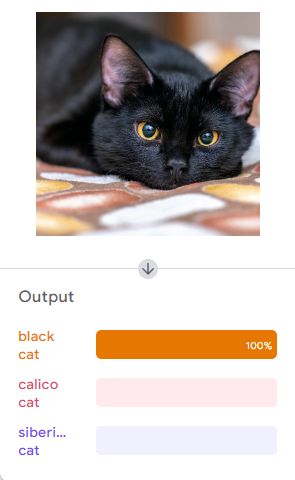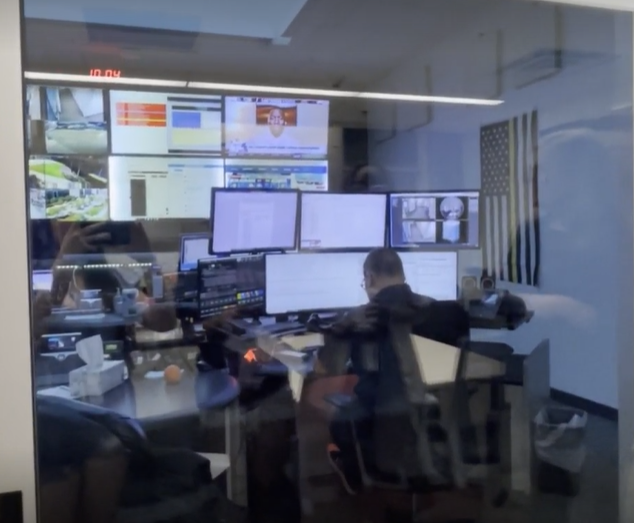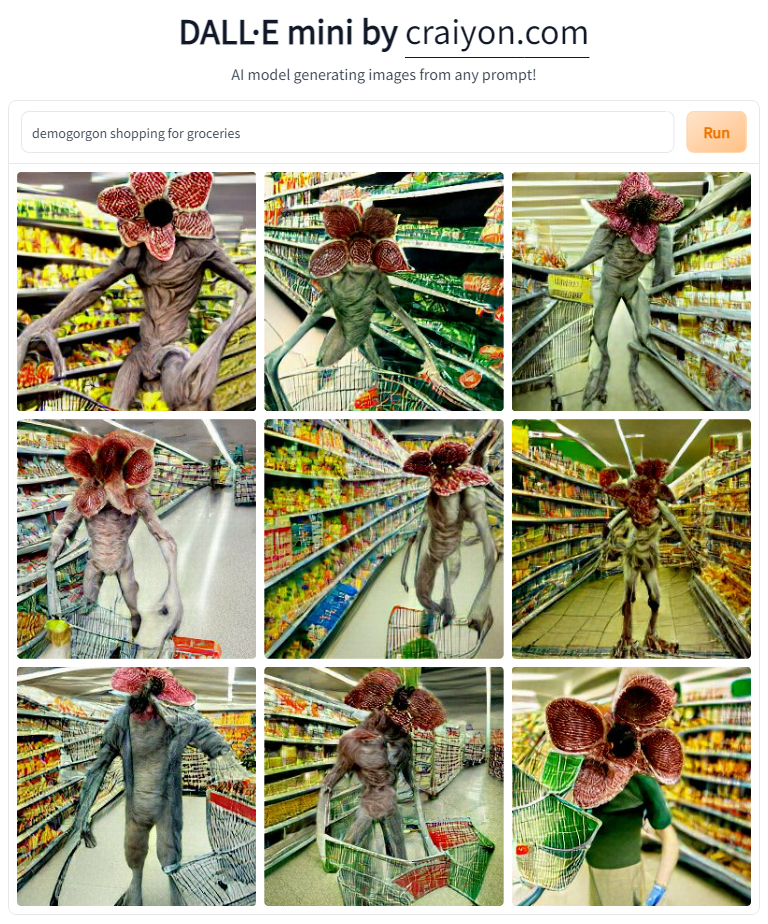Madeline Gannon / July 19th, 2022
Elizabeth Smith Friedman was born in 1892. In her early years, she was enjoyed Shakespeare’s work, which later on may have led to her working the Newberry Research Library. It was known for original Shakespeare folio, perhaps piquing her interest and persuading her to work there. While working at Newberry, Colonel George Fabyan, a wealthy businessman, recruited her to work on his estate. Elizabeth was told that she would be joining a staff of typists and translators in an attempt to prove that Francis Bacon wrote Shakespeare’s plays using a cipher. In 1923, Elizabeth Friedman was hired as a cryptanalyst for the United States Navy. She subsequently held positions with the United States Treasury Department’s Bureau of Prohibition and Bureau of Customs. She accomplished much during her career, utilizing cryptology against international smugglers and drug runners that used encoded messages. Additionally, once they were retired, Elizabeth and her husband wrote a book covering the Shakespearean ciphers, which won several awards from the Folger Shakespeare Library and the American Shakespeare Theater and Academy. One of Mrs. Friedman’s most significant accomplishments was analyzing and solving encoded material about naval vessel movements in Pearl Harbor from one of the espionage’s spies. This contribution from Mrs. Friedman resulted in a guilty verdict against the spy. Elizabeth Smith Friedman passed away on October 31st, 1980. She was truly a pioneer in cryptology, accomplishing great things whilst also being a trailblazer and inspiration for women in the field.

Madeline Gannon / July 19th, 2022
My Teachable MachineThe teachable machine that I built was trained to identify different cat breeds. We input data from three breeds: black cats, calicos, and Siberian cats. We made sure to include various images of the breeds in order to optimize the teachable machine’s ability to identify accurately. I was also curious about what breed the machine would recognize a cat-like animal as. We tried uploading an image of a lion and the machine identified it as a Siberian cat, most likely due to the lion’s mane resembling the fluffy coat of a Siberian cat. We did this with more animals, black panthers were recognized as black cats, a Florida panther was recognized as a calico since it had slightly similar patterns as some calico cats that we uploaded images of. This was all really interesting to play around with, the teachable machine was a great introduction to the broad topic of Artificial Intelligence. Artificial Intelligence can be utilized in countless ways. One idea that I would like to see would be somehow incorporating it with robotics competitions. Typically, the robots are driven by a human, or a human presses buttons to allow it to run different actions autonomously. Images from various situations that commonly happen on the competition field can be uploaded as data, therefore allowing the robot to assess a situation and come up with a solution of what to do based on the data. Of course, there would be many flaws as not every situation is predictable, and the AI can mistake one situation for another, but I still think it would be interesting to test.

Madeline Gannon / July 20th, 2022
In today’s scavenger hunt, my group visited seven locations. The first location that we visited was the Department of Public Safety. In that department, data and technology is very essential. We interviewed Donna Adams, the Director of Administration and Technical Services. She administers tech that they use in the department, making sure everyone has the equipment they need to do their work. She also showed us the room where the dispatch supervisors work, feeding out 911 calls to the patrol cars, and monitoring on-campus cameras and alarms.
Madeline Gannon / July 21st, 2022
I know the lab asked for an HTML tutorial but I struggle with CSS much more, and I actually checked my YouTube history from over a year ago to find this video. It really helped me when I was first learning!

Madeline Gannon / July 21st, 2022
Today we learned about AWS: Amazon Web Services. AWS is a cloud platform used by millions of customers. The cloud is essentially multiple services creating a platform stored on another computer. We did multiple labs to learn about aspects of AWS. These labs included serverless functions, cloud security / Identify Access Management, and building a VPC (Virtual Private Cloud). My favorite part of these labs was putting users into groups and being able to control the user permissions and actually test them out to see if they were working!
 Madeline Gannon / July 22nd, 2022
Madeline Gannon / July 22nd, 2022
The speaker today talked about cybersecurity, discussing some specific aspects and online threats to be wary of. There are external and internal threats, as well as mobile security threats. External threats are possible breaches from those outside of the organization they are breaching. Internal threats actually come from people within the organization, whether it is from a current employee, former employee, or an associate. Mobile security threats are threats directed to mobile devices. Some examples of these include attacks sent through texts as opposed to emails, malicious apps, unsecured open Wi-Fi networks, and more.

Madeline Gannon / July 25th, 2022
Today we talked about bias. There are several forms of bias, whether it’s informed bias, implicit bias, or conformity bias, we’ve all experienced bias in some way in our lives before. Playing Bias or Bust really helped shed light on different perspectives and how bias truly works. In this activity, there were two teams: defend and debunk. The defend team’s job was to defend Jeanne’s, the speaker presenting the activity, original perspective, and the debunk team’s job was to persuade them to change their view. I was on the defend team and for the first round, we had to defend the flat earth theory. It was pretty hard, but using the information we already had about Jeanne’s interests and family background, we were able to win. In this scenario, they were 5 years old and believed in flat earth because their parents also believed in it. So, I photoshopped Spiderman onto an image of a flat earth and put a quote from their parents on the image, too. In the second round, the scenario was Jeanne as a college student deciding whether or not to stay in America or leave and move to Australia. My team was convincing them to move to Australia. I found myself searching for much more credible sources for this round, using NCBI and Forbes to support my argument. This activity truly showed how bias can form so easily, yet depending on the situation, disproving one’s bias can be quite a difficult task.

Madeline Gannon / July 26th, 2022
What makes charts compelling? Of course, it’s subjective, but overall, a chart with captivating visuals and/or statistics can always grab the audience’s attention. In the map shown above, a well-known topic is used to captivate the viewer: McDonald’s. Everyone knows McDonald’s, and the images of burgers lined along the bottom of the graphic provides even more context of what this graphic is about. All of these aspects of the graphic collectively draw the viewer’s attention and when they read the text they will finally know what the map is portraying.

Madeline Gannon / July 28th, 2022
It’s human nature to have biases, but not only humans can be biased. AI bias can occur in various different ways, such as classification errors, human biases, and systemic biases. Bias can enter an AI system through the human developers having biases and implementing them, whether it’s conscious or not. This issue of AI bias can be solved through algorithm auditing, which is done with the intent of identifying risks of bias and discrimination related to the use of an algorithm.